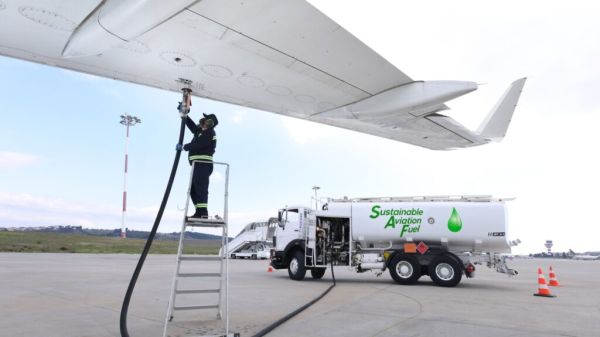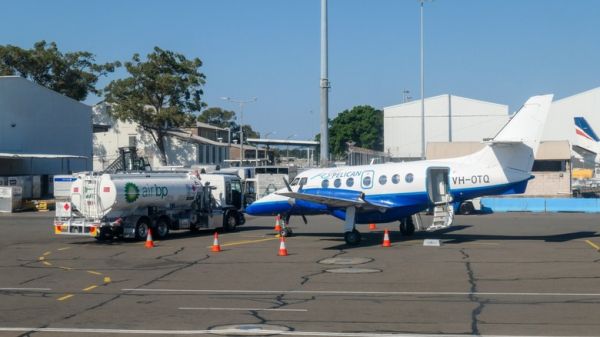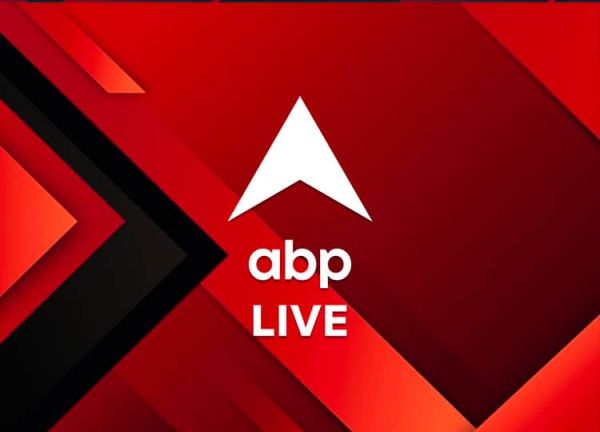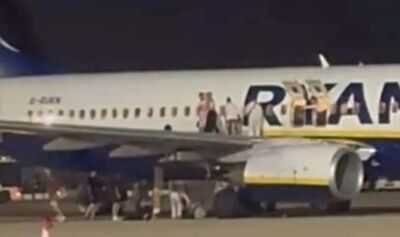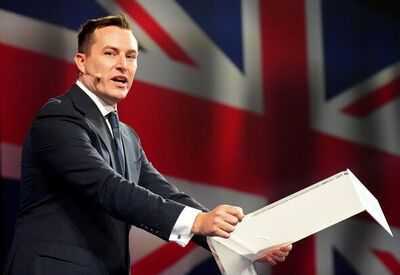When you’re sitting at the gate watching the ground crew scurry around the plane, refueling might seem like a quick plug-and-go process. But commercial aircraft aren’t your average gas guzzlers — you can’t just take an exit to the nearest gas station while on a flight. Planes are flying fuel tanks with very real limits, risks, and routines. As such, the refueling process is a calculated operation. It involves specialized equipment, trained personnel, and a series of safety checks, and all of this can take a while.
So, how long does refueling actually take? Well, it depends. Refueling time isn’t just about the size of the tank. It also hinges on the type of fueling method used and the amount of fuel needed (imagine how much fuel a Boeing 747 can hold). There are airport logistics involved as well. Planes flying longer international routes obviously need more fuel, and larger aircraft, such as the Airbus A380 or Boeing 777, naturally take longer to top up than regional jets. With that said, there are some standard time frames expected when refueling a passenger plane.
Refueling a passenger plane is more than just a pit stop
Generally, refueling a plane takes between 20 minutes to an hour, with standard planes at the low end of that spectrum. A standard commercial jet, like a Boeing 737-800, holds around 6,875 gallons of fuel. Meanwhile, planes like a Boeing 747 Intercontinental may hold up to 63,000 gallons. Besides capacity, fueling speed is also important. Thomas Bergman, head of operations at Air BP, stated (via Simple Flying) that the standard practice is to fuel aircraft at 1,000 liters, or 264 gallons, per minute. This can be doubled when using two pumps simultaneously. At most major airports, fuel is delivered through fueling trucks. These trucks carry the fuel, act as a pump, and even filter the impurities from it.
At this point, it is worth stating that commercial planes rarely ever refuel in the sky. Unlike military planes, such as fighter jets and other aircraft that refuel in the air, commercial planes are strictly ground-fillers. They typically get a fill-up between when passengers disembark and when others onboard. Standard procedure dictates that refueling should be avoided with passengers on board, but some airlines do it anyway. Where this happens, strict procedures have to be followed to prevent accidents.
